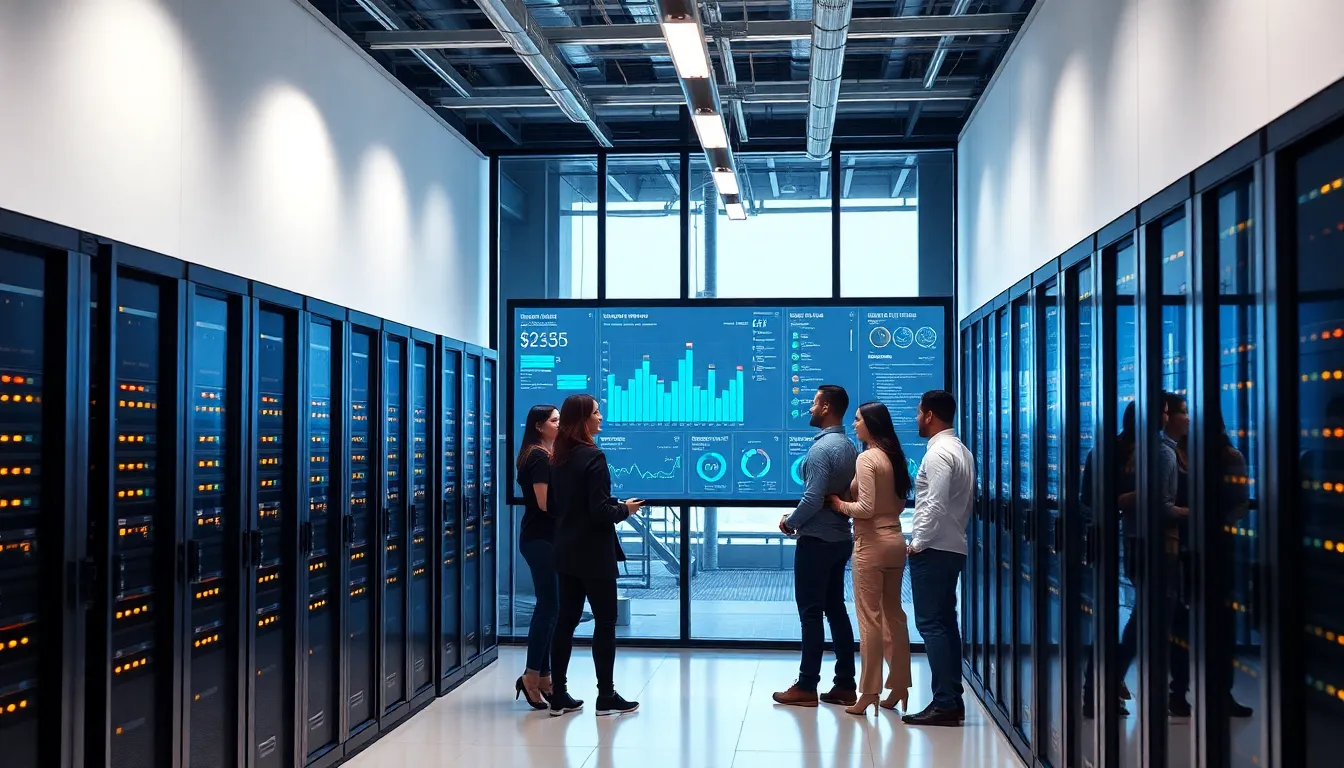Imagine a world where data flows seamlessly, where your favorite cat video streams without buffering and your crucial business data dances through cyberspace like it owns the place. Enter the realm of Propagate Networks. In this text, we’ll explore what these networks are, their pivotal role in the modern world, and how integrating data centers can revolutionize connectivity. Grab your favorite snack, because we’re about to embark on a journey where data isn’t just king: it’s the whole kingdom.
Data centre on propagatenetworks

What Are Propagate Networks?
Propagate Networks consist of intricate systems designed to help the dynamic flow of data across various channels. They are built to ensure that information travels efficiently, even under high demand. In simpler terms, these networks can be seen as the highways of the digital world, connecting different data points while managing the traffic effectively.
Key Features of Propagate Networks
These networks boast several key features:
- High Capacity: They can manage a vast amount of data traffic without breaking a sweat.
- Low Latency: Quick response times mean users get real-time access to the information they need.
- Flexibility: They adapt to varying demands, ensuring consistent performance whether it’s peak hours or quiet times.
Such features allow companies to deliver services more effectively, leading to satisfied customers and streamlined operations.
The Role of Data Centres
Importance of Data Centres in Propagate Networks
Data centers serve as the backbone of Propagate Networks. By housing the hardware necessary for processing and storing vast quantities of data, they help the smooth operation of these networks. Their role can’t be overstated: without data centers, the networks would lack the necessary power to function optimally.
Components and Infrastructure
A typical data center comprises servers, storage systems, networking equipment, and robust security protocols. Think of it as a digitally fortified castle where data reigns supreme. The infrastructure is designed to ensure reliability, from advanced cooling systems to redundant power supplies, all contributing to high availability.
Benefits of Integrating Data Centres with Propagate Networks
Scalability and Flexibility
Integrating these two entities offers unmatched scalability. As a business grows, its data needs evolve. A well-integrated data center within a Propagate Network can instantly ramp up resources to meet these demands, allowing for seamless expansion.
Enhanced Connectivity and Performance
The synergy between data centers and Propagate Networks results in enhanced connectivity. With low latency and high throughput, users experience faster data access and improved application performance. This not only boosts customer satisfaction but also enhances overall productivity.
Security Considerations
Best Practices for Data Centre Security
As data breaches become increasingly common, securing data centers is essential. Some best practices include:
- Regular Security Audits: Conduct frequent checks to identify vulnerabilities.
- Firewalls and Intrusion Detection Systems: These tools act as the first line of defense.
- Data Encryption: By encoding information, even if cybercriminals get in, they won’t understand what they find.
Staying proactive about security measures enables data centers to protect sensitive information effectively.
Challenges and Solutions
Common Challenges in Deploying Data Centres on Propagate Networks
Even though the benefits, several challenges exist when deploying data centers on Propagate Networks. These include bandwidth limitations, potential downtimes, and infrastructural costs. But, the good news is that each challenge comes with its own set of solutions.
For bandwidth constraints, companies might consider investing in fiber optic technology. Enhanced infrastructure can mitigate downtimes, while cloud solutions can reduce initial costs, making it easier to set up data centers.
Emerging Solutions and Innovations
Future Trends in Data Centres and Propagate Networks
As technology continues to evolve, so do the approaches to data centers and networks. Innovations like edge computing are revolutionizing how data is processed closer to its source. This trend reduces latency even further, allowing industries such as autonomous vehicles and IoT devices to function seamlessly. Besides, the rise of green data centers shows a shift towards sustainability, ensuring that the technology meets modern environmental standards while maintaining performance.